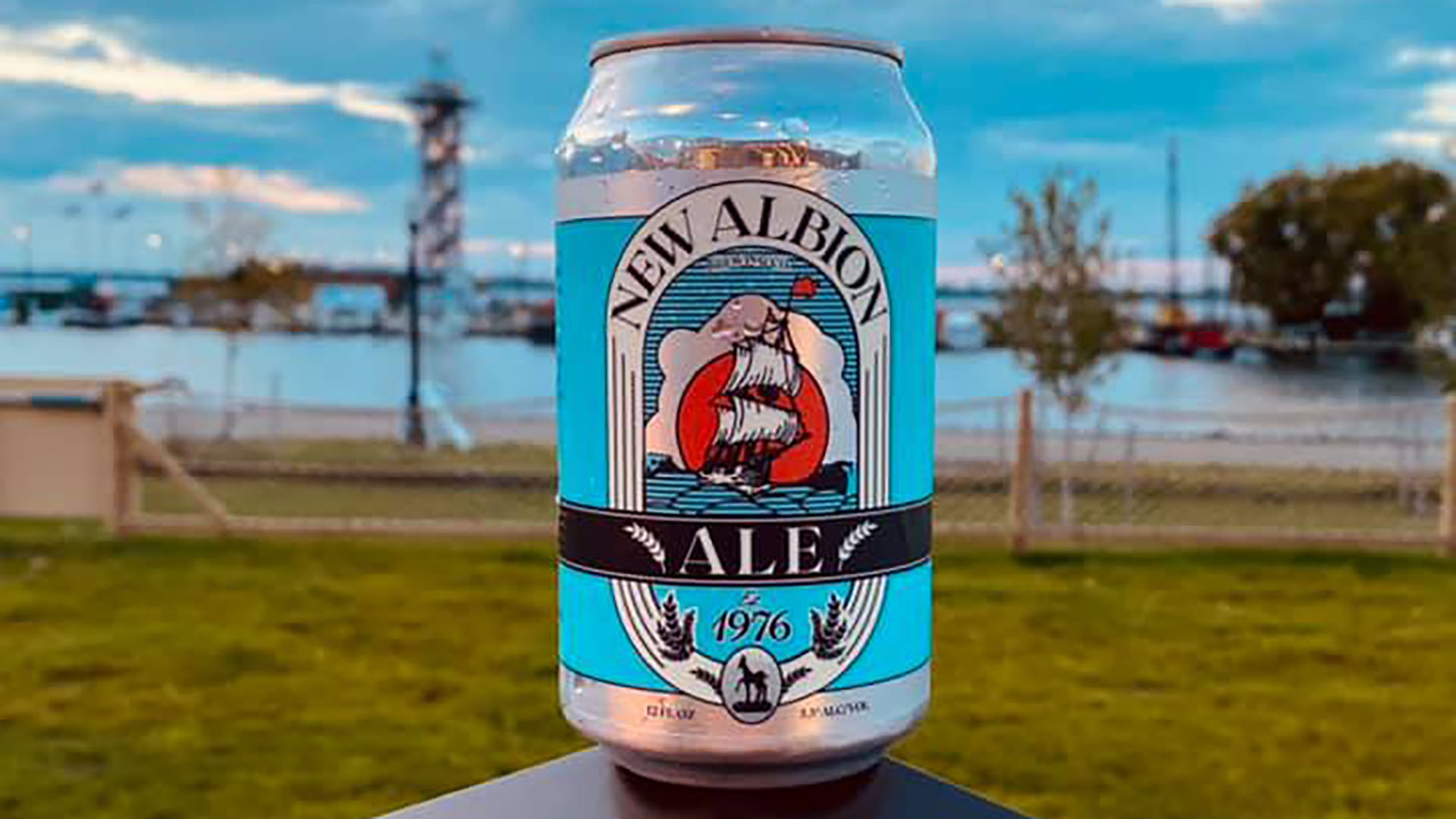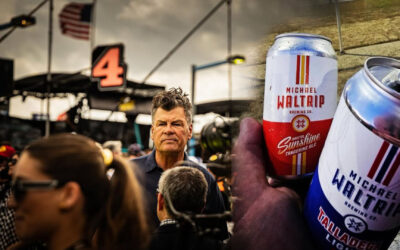
The Legacy of New Albion Brewery: The Catalyst of the American Craft Beer Revolution
Welcome back to another chapter of our deep dive into the incredible history of New Albion Brewery. Today, we’re unearthing some of the most captivating articles about the icons, Renee and Jack, their indomitable spirit, and what the future holds for this historic brewery.
A Glimpse Into the Past of New Albion Brewing:
Imagine a time when brewing was mostly the domain of large, well-established entities, with little room for craft or innovation. In such a time, John “Jack” McAuliffe became a name to reckon with. Almost three decades ago, when the only beers available were from the major players who had survived the Prohibition, Jack opened the doors of New Albion Brewing in Sonoma, California, in 1976.
An Unlikely Pioneer
Jack’s venture was groundbreaking for its era but was unfortunately short-lived. However, in its brief existence, New Albion not only brewed exceptional beers but also laid down the foundation for a wave of microbrewers, some of whom have now become household names. Sierra Nevada Brewing Co., for instance, is releasing a barley wine tribute to McAuliffe as part of their 30th-anniversary series. They recognized the seeds Jack sowed, which played a pivotal role in shaping the American craft beer landscape.
The Maverick Brewer
The tale of Jack McAuliffe is as riveting as the history of his brewery. Born in Caracas, Venezuela, and later stationed in Scotland during his Navy stint, Jack developed a deep appreciation for quality beer. Inspired by the flavorful beers of Scotland, Jack decided to take his homebrewing hobby to the next level. With his engineering background and a passion for beer, he constructed a brewery from scratch in Sonoma, naming it New Albion after a significant historical landmark.
Trials, Tribulations, and Triumphs
Though the brewery flourished under Jack’s expertise, brewing innovative drinks like the pale ale with a whole hot pepper, challenges soon followed. Economic downturns and a lack of understanding from traditional financiers led to its closure in 1982. Yet, New Albion’s legacy lived on, influencing many who visited its doors, including Ken Grossman from Sierra Nevada.
Renaissance of a Legend
Years later, Sierra Nevada decided to revive a New Albion classic: the Old Toe Sucker, a barleywine that was the star of the summer gatherings between New Albion and Anchor brewing. Now, as part of Sierra Nevada’s 30th-anniversary series, beer enthusiasts have a chance to taste a bit of history.
An Unsung Hero
Despite his immense contribution, Jack remains humble about his pioneering role in the craft beer movement. While he may not wear the title of “pioneer” on his sleeve, those in the know are quick to sing his praises. Jack’s revolutionary approach, combined with his meticulous brewing techniques, set the stage for the craft beer movement we’re familiar with today.
In Conclusion
The story of Jack and New Albion Brewery is a testament to passion, innovation, and resilience. While the brewery may have seen its ups and downs, its spirit lives on, inspiring generations of brewers. Stay tuned for more updates on what the rebirth of New Albion Brewery holds!
Cheers to the legends of the past and the promising future ahead! 🍻
Michael Waltrip Brewing Co. and EssentiallySports Announce Media Partnership
June 2025 – Bristol, VA – When a NASCAR legend, a top-tier...
Tailgate Like a Champion: Your NASCAR Watch Party Starts with Michael Waltrip Brewing
There’s a special kind of magic when race fans gather. The...
Who is the 2025 Craft Beer Drinker?
The craft beer landscape in 2025 is a vibrant tapestry,...



